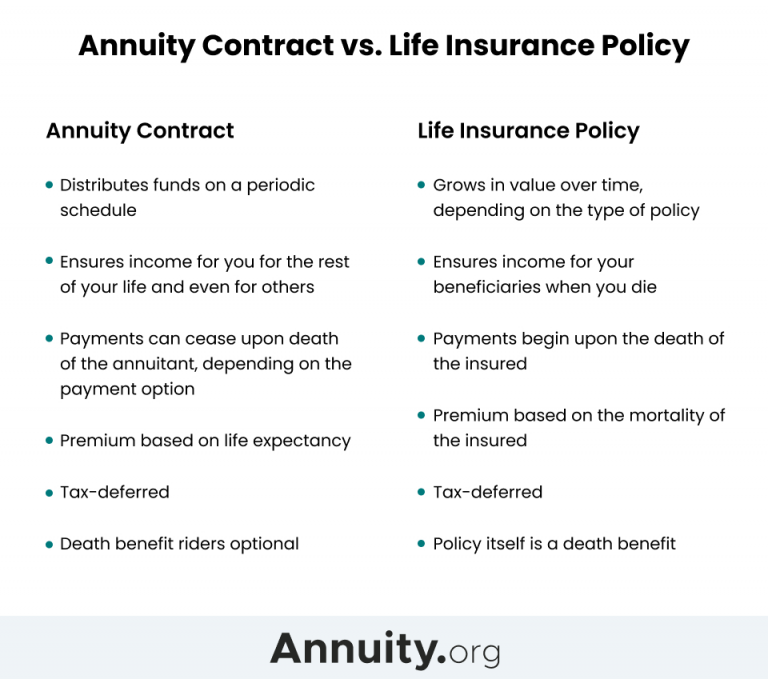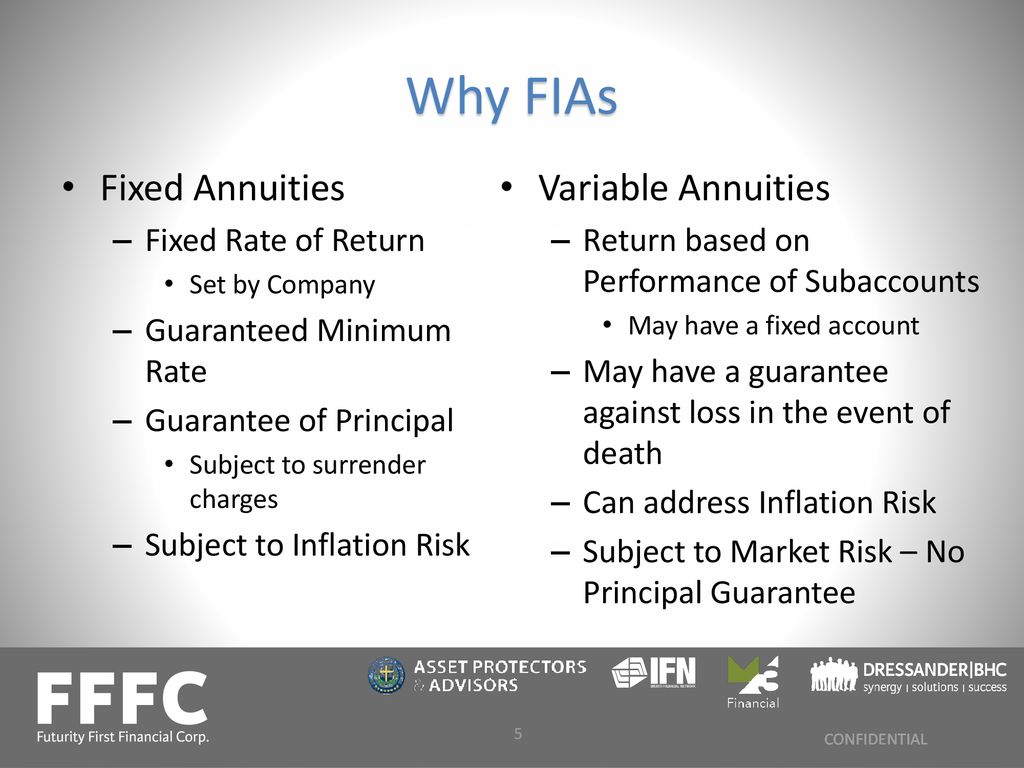All Categories
Featured
Table of Contents
Simply as with a repaired annuity, the owner of a variable annuity pays an insurance provider a round figure or collection of settlements in exchange for the pledge of a series of future repayments in return. As stated over, while a repaired annuity grows at an assured, continuous rate, a variable annuity expands at a variable price that depends upon the performance of the underlying financial investments, called sub-accounts.

During the buildup phase, properties bought variable annuity sub-accounts expand on a tax-deferred basis and are exhausted just when the contract proprietor takes out those profits from the account. After the buildup phase comes the earnings stage. Over time, variable annuity assets need to in theory increase in value till the agreement proprietor chooses she or he want to start taking out cash from the account.
One of the most substantial concern that variable annuities commonly existing is high cost. Variable annuities have several layers of costs and expenses that can, in aggregate, develop a drag of up to 3-4% of the agreement's value each year. Below are one of the most typical charges connected with variable annuities. This expenditure makes up the insurance provider for the risk that it presumes under the terms of the contract.
Highlighting the Key Features of Long-Term Investments Everything You Need to Know About Financial Strategies Breaking Down the Basics of Investment Plans Features of Smart Investment Choices Why Choosing the Right Financial Strategy Matters for Retirement Planning Fixed Vs Variable Annuity: Explained in Detail Key Differences Between Variable Annuity Vs Fixed Annuity Understanding the Rewards of Long-Term Investments Who Should Consider Strategic Financial Planning? Tips for Choosing the Best Investment Strategy FAQs About Variable Annuity Vs Fixed Annuity Common Mistakes to Avoid When Planning Your Retirement Financial Planning Simplified: Understanding Fixed Vs Variable Annuity Pros Cons A Beginner’s Guide to Fixed Interest Annuity Vs Variable Investment Annuity A Closer Look at How to Build a Retirement Plan
M&E expenditure fees are computed as a portion of the agreement value Annuity companies pass on recordkeeping and various other management expenses to the agreement owner. This can be in the type of a level yearly charge or a percent of the contract value. Administrative costs may be consisted of as component of the M&E risk fee or might be analyzed independently.
These charges can range from 0.1% for passive funds to 1.5% or even more for actively managed funds. Annuity contracts can be tailored in a number of means to serve the certain needs of the contract owner. Some usual variable annuity bikers include guaranteed minimal build-up advantage (GMAB), ensured minimum withdrawal benefit (GMWB), and guaranteed minimal earnings advantage (GMIB).

Variable annuity payments offer no such tax deduction. Variable annuities have a tendency to be extremely ineffective lorries for passing wide range to the future generation because they do not enjoy a cost-basis adjustment when the initial contract proprietor passes away. When the owner of a taxable financial investment account dies, the cost bases of the financial investments kept in the account are adjusted to mirror the marketplace costs of those financial investments at the time of the owner's death.
Exploring the Basics of Retirement Options Key Insights on Fixed Vs Variable Annuity Pros And Cons What Is the Best Retirement Option? Pros and Cons of Various Financial Options Why What Is A Variable Annuity Vs A Fixed Annuity Is a Smart Choice Fixed Annuity Vs Equity-linked Variable Annuity: How It Works Key Differences Between Different Financial Strategies Understanding the Key Features of Variable Vs Fixed Annuity Who Should Consider Strategic Financial Planning? Tips for Choosing Fixed Annuity Vs Equity-linked Variable Annuity FAQs About Fixed Annuity Vs Equity-linked Variable Annuity Common Mistakes to Avoid When Planning Your Retirement Financial Planning Simplified: Understanding Your Options A Beginner’s Guide to Smart Investment Decisions A Closer Look at How to Build a Retirement Plan
Such is not the situation with variable annuities. Investments held within a variable annuity do not obtain a cost-basis modification when the original owner of the annuity passes away.
One substantial issue connected to variable annuities is the potential for problems of rate of interest that may exist on the part of annuity salespeople. Unlike an economic expert, who has a fiduciary responsibility to make investment choices that benefit the customer, an insurance policy broker has no such fiduciary obligation. Annuity sales are extremely rewarding for the insurance coverage experts who market them due to high ahead of time sales payments.

Several variable annuity contracts have language which places a cap on the percentage of gain that can be experienced by certain sub-accounts. These caps avoid the annuity proprietor from completely getting involved in a section of gains that might or else be enjoyed in years in which markets generate considerable returns. From an outsider's perspective, it would certainly appear that financiers are trading a cap on financial investment returns for the abovementioned guaranteed flooring on financial investment returns.
As kept in mind over, give up charges can drastically limit an annuity proprietor's capability to relocate assets out of an annuity in the very early years of the agreement. Further, while many variable annuities permit agreement proprietors to withdraw a specified quantity during the buildup stage, withdrawals beyond this amount generally lead to a company-imposed charge.
Withdrawals made from a set interest rate investment alternative could additionally experience a "market worth adjustment" or MVA. An MVA adjusts the worth of the withdrawal to reflect any type of modifications in rates of interest from the moment that the cash was invested in the fixed-rate option to the time that it was taken out.

Fairly often, also the salespeople who market them do not totally comprehend just how they work, and so salespeople often victimize a customer's emotions to offer variable annuities rather than the qualities and viability of the products themselves. Our company believe that capitalists must fully comprehend what they own and just how much they are paying to have it.
Breaking Down Your Investment Choices A Closer Look at Fixed Index Annuity Vs Variable Annuity What Is Fixed Vs Variable Annuity? Advantages and Disadvantages of Different Retirement Plans Why Indexed Annuity Vs Fixed Annuity Is a Smart Choice How to Compare Different Investment Plans: Simplified Key Differences Between Different Financial Strategies Understanding the Risks of Immediate Fixed Annuity Vs Variable Annuity Who Should Consider Strategic Financial Planning? Tips for Choosing Retirement Income Fixed Vs Variable Annuity FAQs About Fixed Vs Variable Annuities Common Mistakes to Avoid When Choosing a Financial Strategy Financial Planning Simplified: Understanding Your Options A Beginner’s Guide to Smart Investment Decisions A Closer Look at Fixed Index Annuity Vs Variable Annuity
Nevertheless, the very same can not be stated for variable annuity possessions held in fixed-rate investments. These assets legitimately come from the insurer and would certainly as a result go to danger if the firm were to fail. In a similar way, any type of assurances that the insurance provider has actually accepted supply, such as an ensured minimal revenue advantage, would certainly be in inquiry in the event of a business failing.
Potential purchasers of variable annuities should recognize and think about the financial problem of the providing insurance company before getting in into an annuity agreement. While the advantages and drawbacks of different kinds of annuities can be disputed, the real issue surrounding annuities is that of suitability. Place just, the inquiry is: who should own a variable annuity? This question can be difficult to address, given the myriad variations offered in the variable annuity universe, yet there are some standard standards that can assist capitalists make a decision whether or not annuities ought to contribute in their monetary strategies.
Besides, as the stating goes: "Buyer beware!" This short article is prepared by Pekin Hardy Strauss, Inc. Choosing between fixed and variable annuities. ("Pekin Hardy," dba Pekin Hardy Strauss Wealth Monitoring) for informational functions only and is not intended as an offer or solicitation for organization. The details and information in this article does not comprise legal, tax obligation, accounting, financial investment, or other professional suggestions
Table of Contents
Latest Posts
Breaking Down Variable Annuity Vs Fixed Annuity Everything You Need to Know About Fixed Vs Variable Annuities Breaking Down the Basics of Investment Plans Advantages and Disadvantages of Different Ret
Analyzing Retirement Income Fixed Vs Variable Annuity Everything You Need to Know About Financial Strategies Breaking Down the Basics of What Is A Variable Annuity Vs A Fixed Annuity Advantages and Di
Exploring the Basics of Retirement Options Key Insights on Immediate Fixed Annuity Vs Variable Annuity What Is the Best Retirement Option? Features of Retirement Income Fixed Vs Variable Annuity Why F
More
Latest Posts